Guide to Clean, Allergen-Free Air Indoors: Breathe Easy with Pets
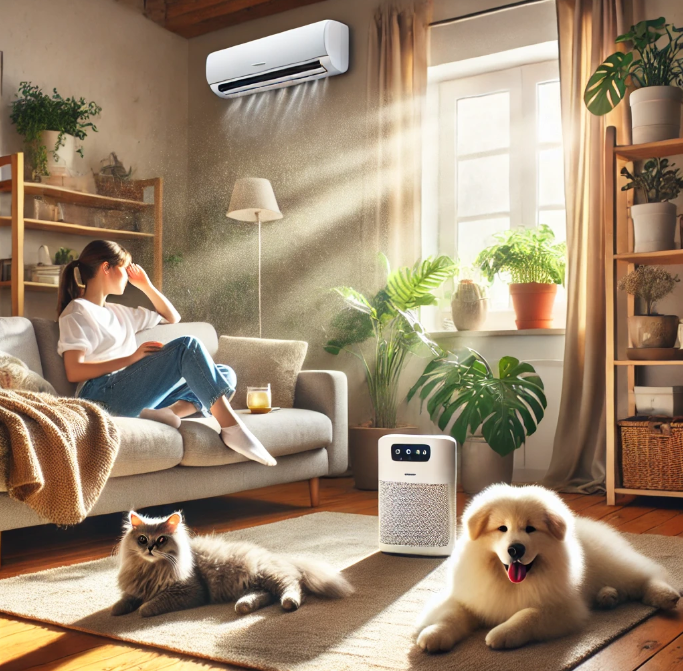
Picture this: You’re curled up on the couch with your dog, binge-watching your favorite show, when suddenly… achoo! Your nose is running, your eyes are itchy, and you’re wondering—is it your pet causing this? You’re not alone. Over 30% of people with allergies react to pets, and even non-allergic pet owners battle dust, dander, and odors. But here’s the good news: You don’t have to choose between clean air and cuddles. With a few smart strategies, you can enjoy a fresh, allergen-free home and your furry family members.
Let’s explore how pet dander, pollen, and other sneaky allergens and pathogens affect your air—and simple, effective ways to fight back.
Why Pet Homes Need Extra Air Care
Pets bring joy, but they also bring:
- Dander: Microscopic skin flakes (the #1 allergen).
- Saliva and urine proteins: Dried saliva on fur or litter box dust can trigger reactions.
- Outdoor hitchhikers: Pollen, mold, and dirt tracked in on paws or fur.
- Odors: Lingering smells from accidents or bedding.
Regardless of whether you’re hypersensitive, unfortunate air quality can bother asthma, cause headaches, or cause your home to feel stodgy.
Real-life example: Sarah, a cat owner in Colorado, struggled with constant congestion until she upgraded her HVAC filter and started grooming her cat weekly. Her symptoms vanished in a month!
1. Grooming: Your First Defense Against Dander
Regular grooming cuts dander at the source.
For dogs:
- Brush outdoors 2–3 times a week (use a de-shedding tool for heavy shedders).
- Bathe every 4–6 weeks with a hypoallergenic shampoo.
- Wipe paws with a damp cloth after walks to remove pollen.
For cats:
- Brush daily to capture loose fur (cats groom themselves, spreading saliva allergens).
- Use pet wipes to reduce dander between baths (most cats hate water!).
Small pets (rabbits, guinea pigs):
- Spot-clean cages daily to minimize urine dust.
- Use low-dust bedding (paper-based vs. wood shavings).
Pro tip: Wear a mask while grooming if you’re sensitive to allergens.
2. Clean Smarter, Not Harder
Pet hair and dander cling to carpets, furniture, and corners. Target hotspots with these steps:
Vacuum like a pro:
- Use a vacuum with a HEPA filter (traps 99.97% of particles).
- Vacuum floors 2-3 times weekly — and remember lounge chairs, draperies, and pet beds
- Empty the vacuum canister outside to avoid redistributing dust.
Mop floors weekly: Use a microfiber mop with hot water to grab stuck-on dander.
Wash soft surfaces:
- Pet bedding: Launder in hot water weekly.
- Throw blankets and couch covers: Wash every 1–2 weeks.
- Use fragrance-free detergents to avoid irritating pet skin.
Don’t forget air vents: Dust and dander collect here! Cover vents with cheesecloth during peak shedding seasons.
3. Air Purifiers: Your Secret Weapon
A quality air purifier or HVAC filter traps allergens before they reach your nose.
What to look for:
- True HEPA filter: Captures particles as small as 0.3 microns (dander is 2.5–10 microns).
- Activated carbon filter: Neutralizes odors from litter boxes or accidents.
- Room size match: Check the purifier’s square footage coverage.
Best places to put it:
- Near your pet’s favorite lounging spot.
- In bedrooms (where you spend 1/3 of your day!).
Real-life example: The Smith family reduced their dog’s dander by 60% in 2 weeks by running a Levoit Core 300 purifier in their living room.
Pro tip: Keep purifiers away from walls for better airflow.
4. HVAC Upgrades: Filter Out the Invisible Stuff
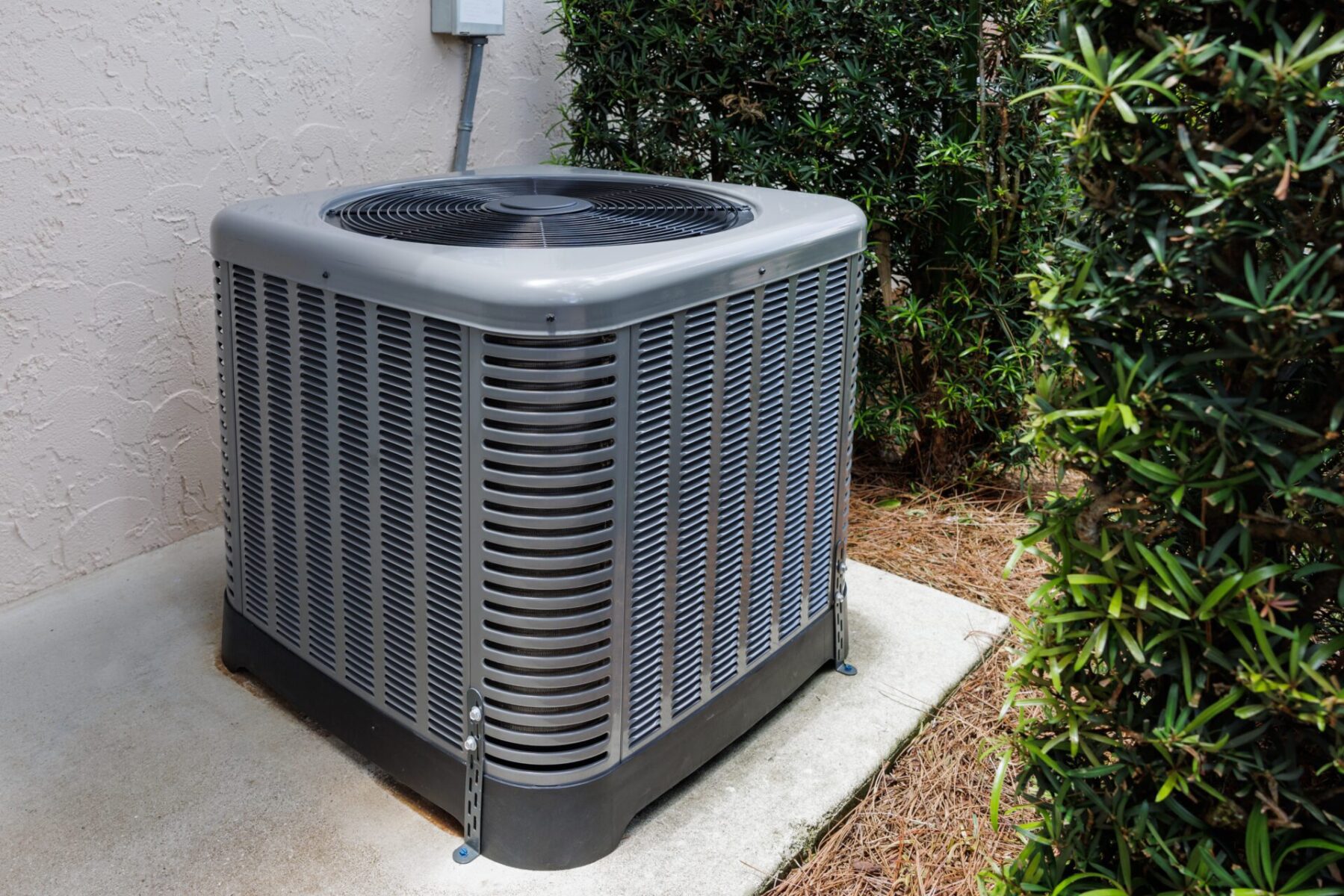
Your HVAC system can be an allergen-fighting hero—or a dander-recycling villain.
Do this:
- Replace filters every 1–3 months (choose MERV 11–13 filters for pet homes).
- Schedule annual HVAC maintenance to clean ducts and coils.
- Close vents in rarely used rooms to focus airflow where it matters.
Avoid: Cheap fiberglass filters—they only catch large debris, letting allergens slip through.
5. Tackle Litter Boxes and Accidents
Litter boxes are a major source of ammonia fumes and dust.
Fix it:
- Choose low-dust litter: Opt for silica gel or recycled paper.
- Clean daily: Scoop waste every 24 hours to cut odor and bacteria.
- Place wisely: Keep litter boxes in well-ventilated areas (not your bedroom!).
For accidents:
- Blot urine immediately with enzyme cleaners (like Nature’s Miracle) to break down proteins.
- Avoid ammonia-based cleaners—they smell like urine to pets, encouraging repeat accidents!
6. Create “Pet-Free Zones” (Yes, Really!)
Designate allergy-safe spaces, like bedrooms or home offices, where pets aren’t allowed. This gives you a “clean air retreat” when symptoms flare.
Make it work:
- Train pets with gates or closed doors (treats help!).
- Store pet toys and beds outside the zone.
- Use a small air purifier in the zone for extra protection.
7. Natural Solutions vs. Chemicals
Skip harsh sprays that irritate pets and humans. Try these instead:
DIY air fresheners:
- Simmer citrus peels + cinnamon sticks.
- Place bowls of baking soda in stinky corners.
Plants that help:
- Spider plants: Safe for pets and absorb odors.
- Boston ferns: Natural humidifiers (dry air worsens dander).
Avoid: Essential oil diffusers—many oils (tea tree, eucalyptus) are toxic to pets!
Do’s and Don’ts for Pet-Friendly Air Quality
DO:
- Test air quality with a $50 monitor (checks PM2.5, VOCs, humidity).
- Groom pets outdoors or in a bathroom with an exhaust fan.
- Use washable rugs instead of wall-to-wall carpet.
DON’T:
- Smoke indoors (secondhand smoke clings to pet fur).
- Overuse candles or plug-in air fresheners (they release harmful VOCs).
- Ignore mold in humid areas (like fish tanks or water bowls).
When to Call a Pro
Some challenges need expert help:
- Severe allergies: An allergist can recommend air quality tests or treatments.
- Mold growth: Hire a remediation specialist if you spot leaks or mildew.
- HVAC upgrades: Consult an HVAC tech for whole-home air scrubbers or HVAC UV lights.
Message By Lockeyair
Clean air and happy pets can coexist! Start with one or two changes—like upgrading your vacuum or washing pet beds more often—and build from there. Your lungs (and your furry friend) will thank you.
Remember: Pets thrive in clean environments too. Less dust and chemicals mean fewer vet visits for skin irritations or respiratory issues. It’s a win-win!
Ready to breathe easier? Contact Lockey Heating and Air, we specialize in pet-friendly indoor air quality solutions, from advanced HVAC systems to quiet, high-performance air purifiers. Keep your home fresh, safe, and full of wagging tails.
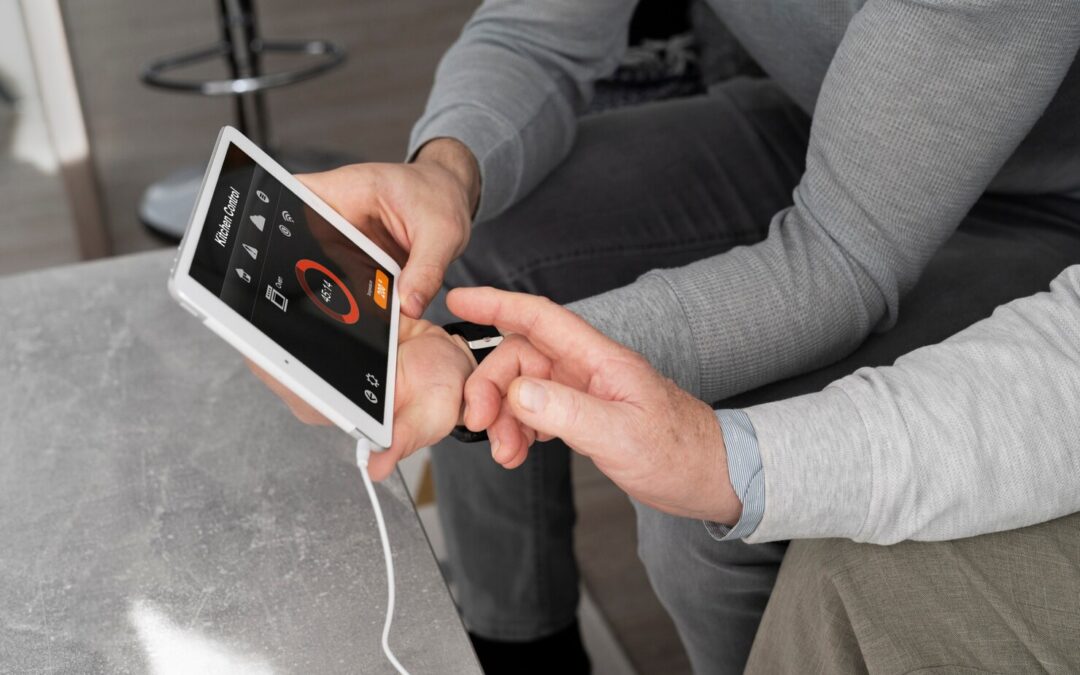
How Smart Thermostats Improve HVAC Performance and Reduce Bills
Let’s be honest. For most of us, the thermostat is that thing on the wall we poke at when we’re too hot or too cold…
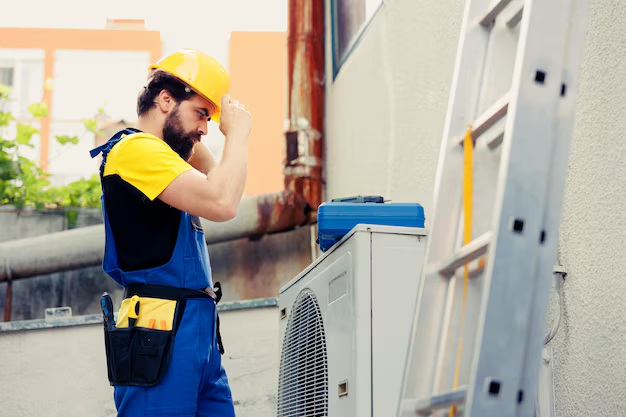
Why Regular HVAC System Maintenance Is So Important in Central Taxes
Let’s be real. Around here, from around San Angelo to over to Waco and down through Austin, we have a special relationship with our air conditioning…
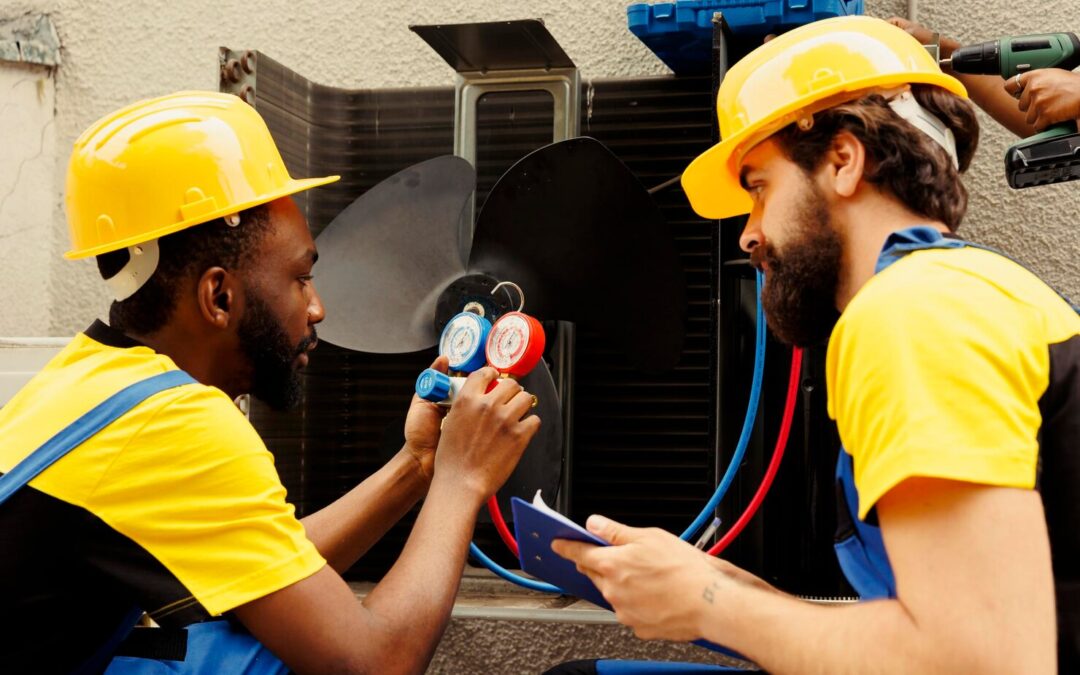
I Skipped My HVAC Service for a Year — Here’s What Happened
Hey, neighbors. Let me tell you a little story about a mistake I made last year. It’s a tale as old as time here in Central Texas…
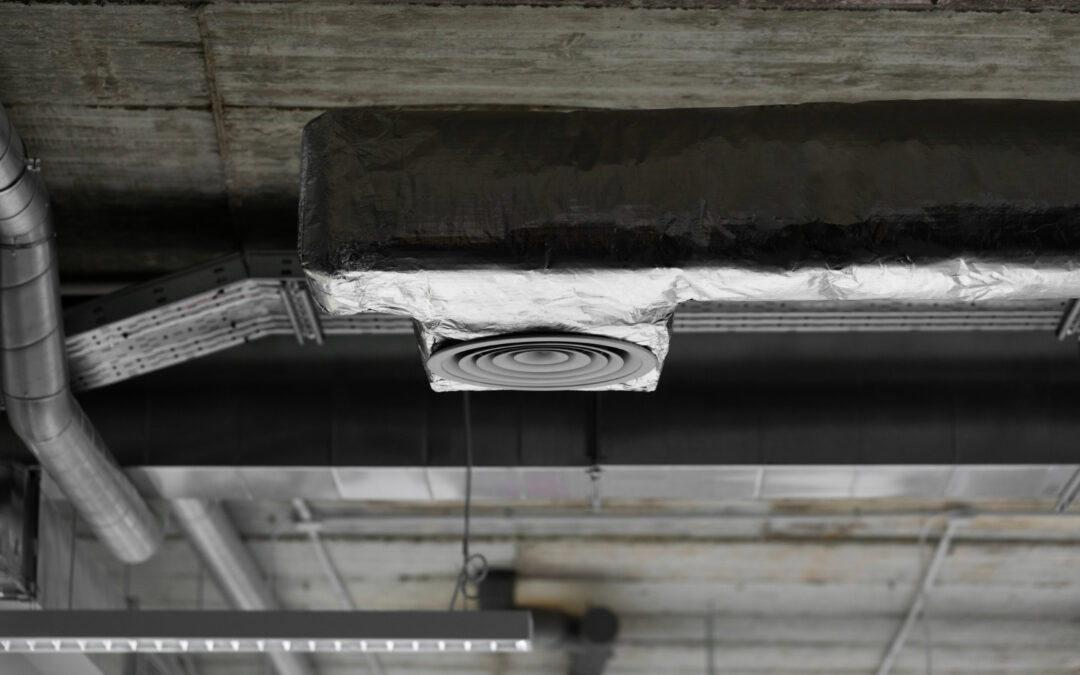
Top 3 Signs Your HVAC Ductwork Is Leaking
Alright, let’s talk about one of the most forgotten parts of your home: the ductwork. You know…
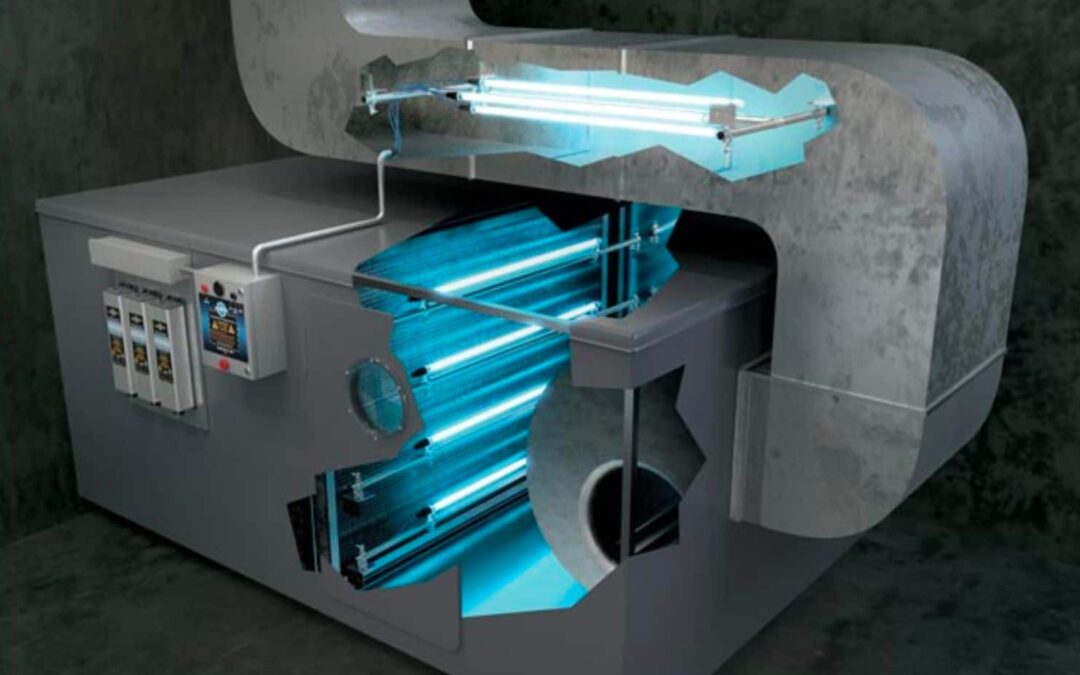
The Ultimate Maintenance Guide for HVAC Ultraviolet Lights
Let’s be real, we rarely think about the air we’re breathing inside our own homes.
